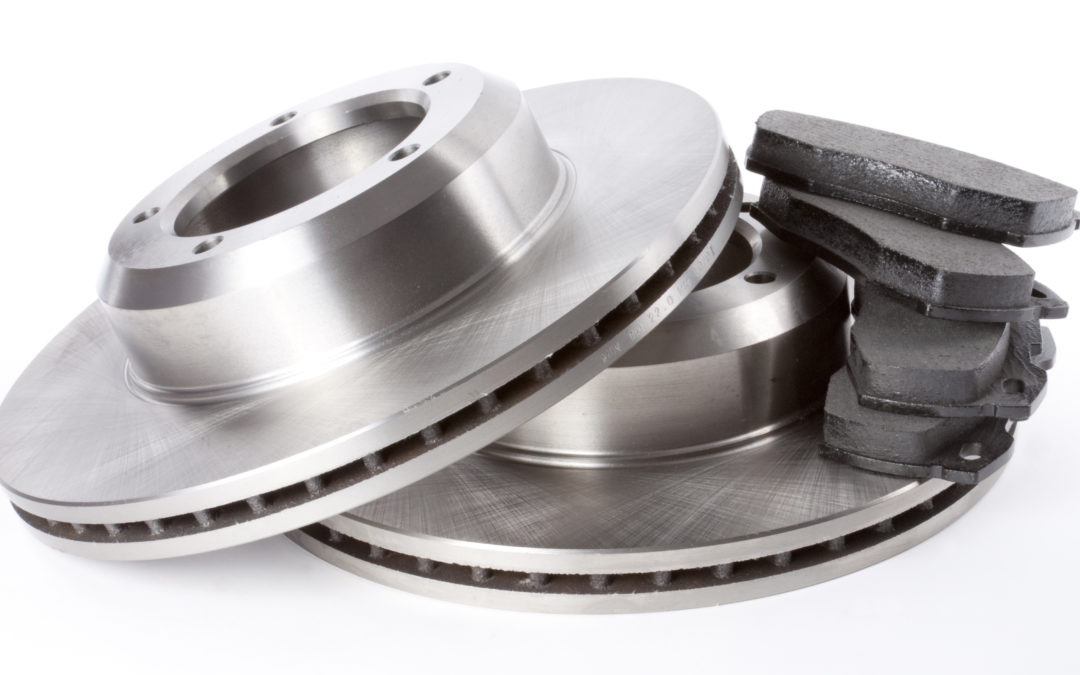Maintaining Vehicle Brake System
The brake system is one of the most crucial components of any vehicle, ensuring the safety of both the driver and other road users. Therefore, proper maintenance of the brake system is crucial to keep it in excellent condition and avoid any potential accidents. In this blog post, we will discuss some essential tips for maintaining car brake systems.
Regular Inspection
Regular brake inspection is essential to identify any potential issues with the brake system before they become severe problems. The brake system should be inspected at least once a year or more often if you drive in extreme conditions. During an inspection, check the brake pads, rotors, calipers, and brake lines for any wear and tear.
Change Brake Pads When Necessary
Brake pads are the friction material that presses against the rotor to stop the car. Over time, the brake pads wear down and need to be replaced. A typical brake pad should last between 30,000 and 70,000 miles, depending on the driving style and conditions. If you hear a screeching or grinding noise when applying the brakes, it’s a sign that the brake pads need to be replaced immediately.
Flush the Brake Fluid
Brake fluid is hygroscopic, meaning it absorbs moisture over time, which can lead to corrosion and brake failure. Therefore, it’s essential to flush the brake fluid every two to three years or as recommended in your car’s owner’s manual. During a brake fluid flush, the old fluid is removed, and new brake fluid is added, ensuring the brake system functions correctly.
Check Brake Lines for Leaks
The brake lines are responsible for transmitting the brake fluid to the brake calipers, which in turn apply pressure on the brake pads to stop the car. Any leakage in the brake lines can lead to a decrease in brake fluid pressure, resulting in a spongy brake pedal and reduced braking performance. Therefore, it’s essential to check the brake lines regularly for any signs of leaks and replace them immediately if any leaks are found.
Brake System Upgrades
If you want to improve your car’s braking performance, you can consider upgrading your brake system. Some brake system upgrades include high-performance brake pads, larger rotors, and stainless steel brake lines. These upgrades can provide better stopping power and a more responsive brake pedal, enhancing your overall driving experience.
Reducing Risk
A vehicle with poor brakes poses several dangers to both the driver and others on the road. The following are just a few of the dangers you may encounter if you fail to repair a poor braking system:
Increased stopping distance: Insufficient brake performance leads to longer stopping distances. When brakes are worn out or not functioning properly, it takes longer for the vehicle to come to a complete stop. This can be especially dangerous in emergency situations where a quick stop is necessary to avoid a collision.
Reduced control: Poor brakes can impair your ability to control the vehicle effectively. Brakes that are overly sensitive or unresponsive can make it challenging to modulate braking force, leading to jerky stops, skidding, or loss of control. This lack of control can be particularly hazardous in adverse weather conditions or when navigating curves or corners.
Extended response time: When brakes are not in good condition, they may require additional time to respond when you apply pressure on the brake pedal. This delay can significantly increase the risk of accidents, especially in situations that demand quick reflexes, such as sudden obstacles or unexpected maneuvers.
Brake failure: In extreme cases of neglected or poorly maintained brake systems, there is a risk of complete brake failure. This can occur if critical brake components, such as brake lines or hydraulic systems, are damaged or compromised. Brake failure drastically reduces the ability to slow down or stop the vehicle safely, leading to potentially catastrophic accidents.
Increased risk of collisions: A vehicle with poor brakes has a higher likelihood of being involved in collisions. Inadequate braking systems can result in rear-end collisions if the vehicle cannot stop in time to avoid hitting the vehicle in front. Additionally, insufficient braking power can make it difficult to stop at traffic lights, stop signs, or yield to pedestrians, increasing the risk of intersection accidents.
Worsened impact severity: When brakes are ineffective, the impact of a collision can be more severe. A vehicle with poor brakes may not be able to slow down adequately before a collision, resulting in higher impact speeds and greater damage to the vehicles involved. This can increase the risk of injuries to occupants and pedestrians.
Conclusion
Maintaining your car’s brake system is crucial for your safety on the road. Regular inspections, changing brake pads when necessary, flushing the brake fluid, checking for leaks, and upgrading the brake system can help keep your brake system in excellent condition. Make sure to follow the manufacturer’s recommendations in your car’s owner’s manual and have your brake system inspected by a professional if you notice any issues.

Patrick M. is Editorial Director for the always expanding DriveSafe Online library of courses. With over two decades of experience developing award-winning training, he now focuses on innovating online driver safety training. Pulling from his background in journalism, he steers the wheel behind the creation of top-tier content that promotes a better journey—whether on the digital highway of learning or the real roads we travel every day.
